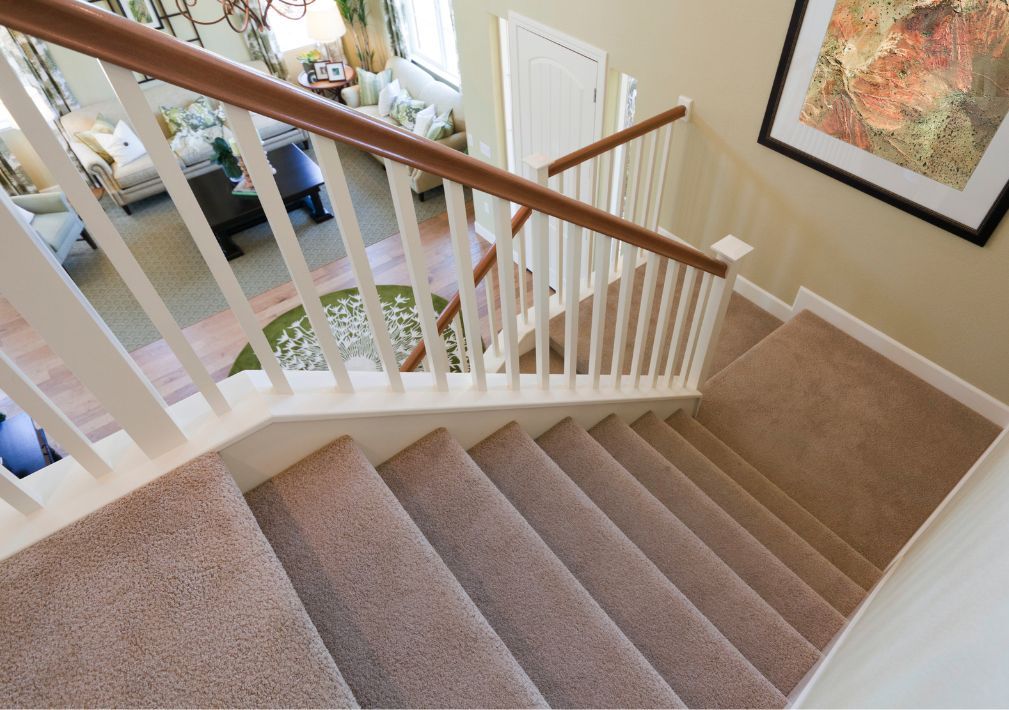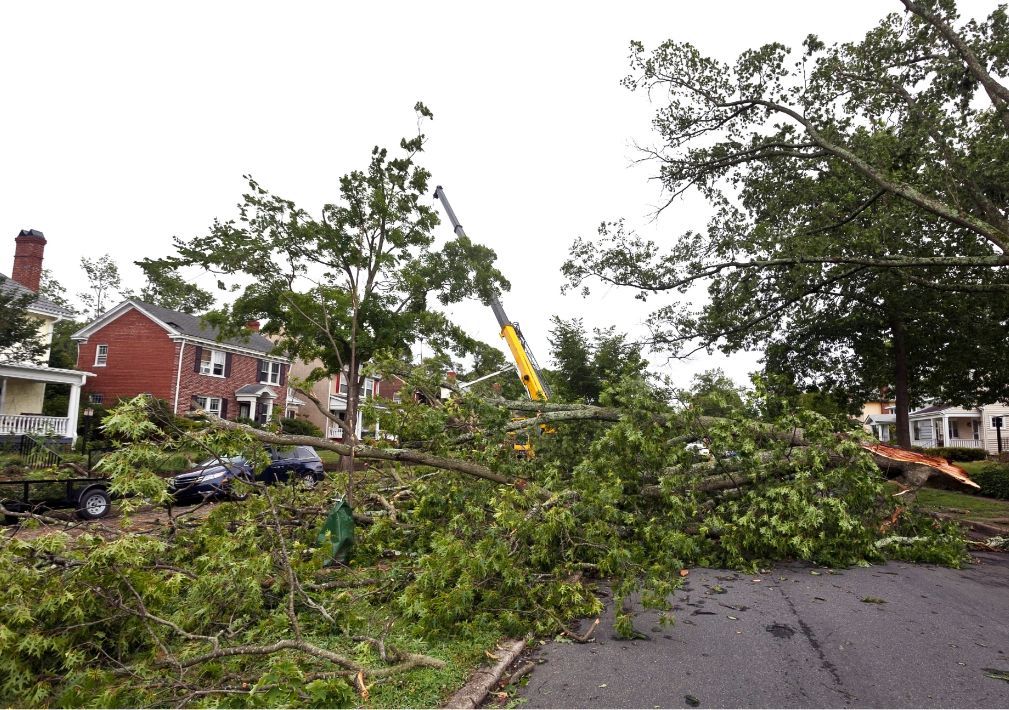How Do You Fix Water Damage on the Ceiling?

Fixing water damage on the ceiling begins by identifying the source, halting the leak, and hiring a professional water damage restoration service to repair and rebuild affected areas before mold or structural issues develop.
Identify the Source of Ceiling Water Damage
Ceiling water damage never happens randomly. It always stems from a source, which must be addressed first to prevent recurring issues. Common causes include:
- Damaged or missing roof shingles
- Overflowing toilets, tubs, or sinks from upper floors
- Burst or leaky pipes in ceilings or attics
- HVAC system condensation
- Clogged gutters and poor drainage
Ignoring the origin of water intrusion results in repeated ceiling damage, more costly repairs, and mold development. Voda Cleaning & Restoration uses advanced leak detection equipment to trace hidden water sources quickly and accurately.
Stop the Leak and Control Moisture Immediately
Once the source is confirmed, the priority becomes halting the leak and removing any standing water. Steps include:
- Turning off the main water valve if plumbing is involved
- Using waterproof tarps to cover roof holes
- Sealing structural breaches temporarily
- Extracting standing water with industrial pumps
Moisture control is critical in water damage restoration. Within hours, damp materials can begin breeding mold spores. That’s why professionals use commercial-grade dehumidifiers and air movers to stabilize indoor humidity and accelerate drying.
Pro Tip: Homeowners often rely on towels or fans, but this is rarely effective. Only professional-grade equipment can fully dry structural materials like drywall, insulation, and wooden joists.
Assess the Extent of Ceiling Water Damage
Not all ceiling water damage is visible to the naked eye. What looks like a small brown stain could be the surface symptom of much deeper problems. During a professional inspection, water damage restoration experts assess:
- Size and spread of visible stains or paint bubbles
- Sagging drywall or plaster integrity
- Damage to ceiling joists or beams
- Moisture content using infrared and hygrometer tools
Voda Cleaning & Restoration performs a detailed analysis of every affected area, ensuring that restoration plans address both seen and unseen damage. Ceiling cavities are especially prone to hidden water retention and mold, making this inspection crucial.
Remove Damaged Materials and Sanitize the Area
Ceiling water damage often means affected drywall, insulation, and paint must be removed. This includes:
- Cutting away sagging or softened drywall sections
- Removing damp insulation behind ceiling panels
- Scraping paint and texture bubbling from water exposure
- Cleaning and sanitizing surfaces to prevent bacterial and mold growth
Contaminated materials can be a health hazard. Mold spores, mildew, and bacteria can remain even after drying if not handled properly. Professional water damage restoration teams like Voda Cleaning & Restoration follow strict removal and sanitation protocols.
Perform Mold Remediation if Detected
Mold is one of the most dangerous consequences of untreated water damage. If present, mold remediation becomes a priority before ceiling restoration can proceed. Remediation includes:
- Sealing off affected areas with negative air pressure containment
- Using HEPA vacuums and air scrubbers to remove spores
- Treating structural materials with antimicrobial solutions
Mold often forms behind ceiling drywall where humidity remains high and airflow is minimal. Mold remediation should never be attempted as a DIY project. Voda Cleaning & Restoration is certified to handle mold removal safely and thoroughly.
Dry the Ceiling and Structure Completely
One of the most overlooked steps in ceiling water damage restoration is ensuring the entire area is completely dry. Moisture left behind can lead to ongoing issues. Restoration professionals use:
- Commercial air movers positioned to maximize airflow
- Dehumidifiers calibrated to maintain optimal RH levels
- Continuous moisture monitoring with digital meters
This stage may take several days depending on the extent of the damage, ceiling height, and materials involved. Voda Cleaning & Restoration ensures each step is documented and verified for dryness before repairs begin.
Rebuild and Restore the Ceiling
After drying and mold removal are complete, the ceiling is ready for repairs. Restoration often includes:
- Installing new drywall or ceiling panels
- Reinforcing joists if structural damage was present
- Patching and matching ceiling texture
- Repainting to match existing aesthetics
A professional water damage restoration company ensures the repaired ceiling looks seamless and performs better than before. Voda Cleaning & Restoration uses durable, mold-resistant materials to ensure long-term results.
Inspect the Entire Property for Related Damage
Water damage rarely confines itself to one area. A thorough inspection of surrounding walls, floors, and insulation is vital to ensure no additional damage was overlooked. Restoration professionals also check for:
- Moisture spreading along ceiling seams
- Electrical systems affected by ceiling water leaks
- HVAC or attic insulation compromised by water
Voda Cleaning & Restoration provides comprehensive property assessments to prevent future issues and ensure every corner of your home is protected.
Prevent Future Water Damage
The best water damage is the kind that never happens. Prevention is key. Here are practical steps:
- Inspect your roof and attic after major storms
- Keep gutters and downspouts clear of debris
- Install leak detectors near appliances and plumbing
- Seal windows, vents, and pipe openings
- Replace old pipes or connectors proactively
Voda Cleaning & Restoration offers annual inspection services and moisture risk assessments to help homeowners proactively defend against future water damage.
Understand the Long-Term Risks of Ceiling Water Damage
When water damage to the ceiling is not addressed quickly, the consequences can go far beyond simple cosmetic issues. Over time, persistent moisture can rot wood framing, corrode metal hardware, and weaken the entire ceiling structure. The resulting damage can lead to ceiling collapse, which puts occupants at risk of injury and causes further financial loss.
Additionally, water-damaged ceilings contribute to poor indoor air quality. As mold spores and allergens build up, respiratory conditions like asthma and sinus infections can worsen. Prolonged exposure to these contaminants is especially dangerous for children, the elderly, and anyone with compromised immunity.
Water damage restoration is not just about fixing what you can see. Voda Cleaning & Restoration takes a health-first approach to restoration, making sure your living space is safe and clean from top to bottom. Long-term peace of mind begins with professional intervention today.
Why You Should Always Work with Certified Professionals
Hiring certified professionals for ceiling water damage restoration is not just a luxury, it’s a necessity. Technicians certified by the IICRC (Institute of Inspection Cleaning and Restoration Certification) have the training to handle drying, remediation, and reconstruction using science-backed methods. This minimizes risk and ensures your home is protected against future problems.
Certified restoration teams like Voda Cleaning & Restoration also understand how to navigate insurance claims, provide the proper documentation, and ensure all work is performed to code. They use thermal imaging, moisture mapping, and containment systems DIY solutions simply cannot match.
Choosing a certified water damage restoration company means you are choosing accountability, transparency, and peace of mind. Whether your damage is minor or extensive, Voda Cleaning & Restoration has the tools, expertise, and certifications to restore your home correctly the first time.
Water Damage Restoration You Can Count On
Ceiling water damage is not something you should ignore or patch over. Without professional intervention, minor stains can lead to serious health risks, structural damage, and high insurance claims.
Water damage restoration is a detailed process that involves leak detection, material removal, mold remediation, drying, and reconstruction. Voda Cleaning & Restoration is your trusted partner in restoring ceilings and securing your home.
We bring industry-leading equipment, certified technicians, and unmatched experience to every restoration project.
Don’t let ceiling water damage become a bigger problem. Contact Voda Cleaning & Restoration today to schedule an expert water damage restoration assessment.
Frequently Asked Questions About Water Damage Restoration
What happens if I ignore a small water stain on the ceiling?
Even a small stain indicates active or previous water intrusion. Left unaddressed, this can lead to mold growth, rotting wood, and eventually ceiling collapse.
Can water damage affect my home’s electrical system?
Yes. Ceiling leaks often travel along framing and wiring routes. Water intrusion can corrode electrical components or create fire hazards. A licensed technician should inspect any affected area.
What certifications should a water damage restoration company have?
Look for IICRC certification, which ensures technicians are trained in industry best practices for water removal, drying, and mold remediation. Voda Cleaning & Restoration is IICRC-certified and fully insured.
More Blogs
Categories


